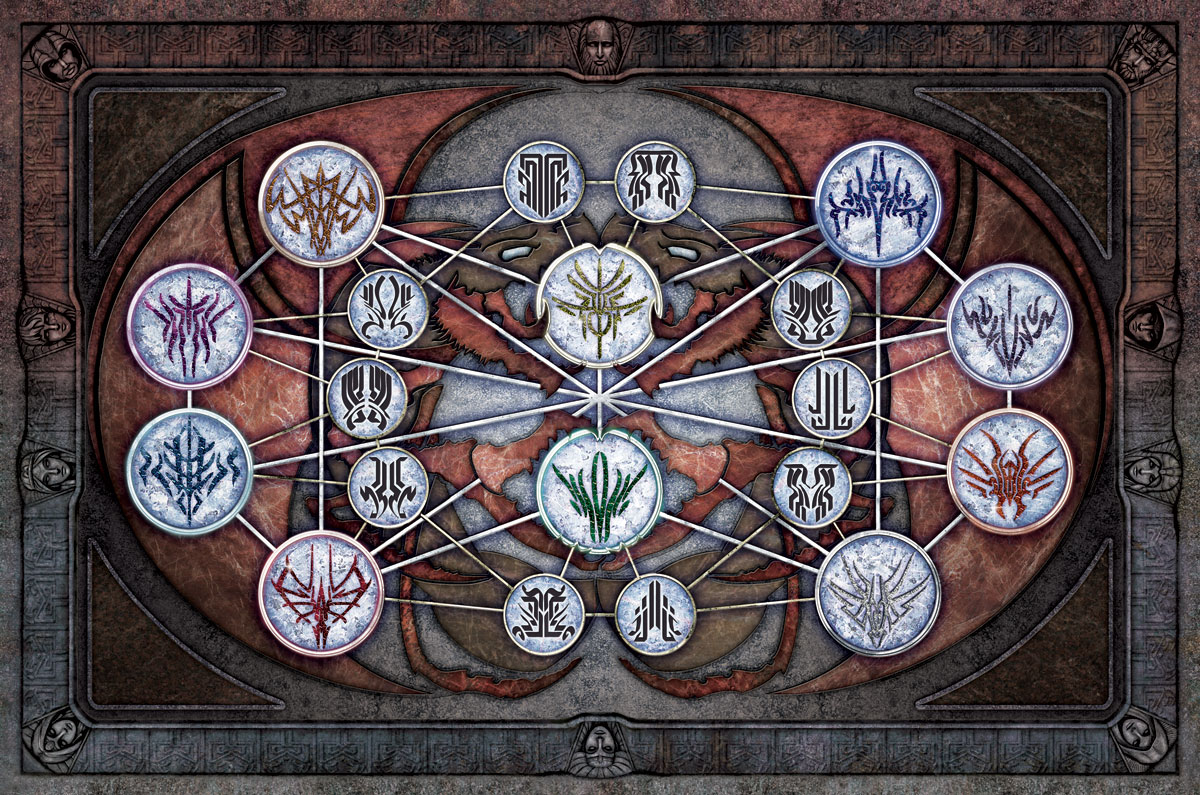Kredik Shaw, from Mistborn

So, Brandon Sanderson is a fantasy author. Now, growing up I wasn't a big fan of fantasy. I was a big of science-fiction. What's the difference between these two? They are commonly lumped into one generic title: Science Fiction and Fantasy, but to me there are distinct differences. Fantasy, to me, was too nerdy and geeky. All the stories had dragons in them and all the hero's problems could be solved with a simple wave of a wand and a magic spell that was lost for centuries or something like that. Science fiction, on the other hand, had hard and fast rules for me. Everything crazy was a result of science and technology. Hard Science Fiction especially drew my interests, because they could explain everything using science, from the alien's biological makeup to how gravity was formed by a spinning motion. So Andrew, you may be asking yourself, how did someone with such a distaste of fantasy come to be a fan of the fantasy author Brandon Sanderson?
Order and laws. These are the driving forces behind Sanderson's magic, and this is why I love his books so much. Sanderson, when writing, always takes a few laws into consideration, and obeys them. The first is: An author's ability to solve conflict with magic is DIRECTLY PROPORTIONAL to how well the reader understands said magic. In other words (MY other words), the author is only truly able to awe you with his magic problem solving in the end if it isn't some Duex Ex Machina device. (For those of you who don't know, Duex Ex Machina means "God from the Machine," and it's when a seemingly unsolvable problem is suddenly and abruptly resolved by the contrived and unexpected intervention of some new event, character, ability or object. Definition from Wikipedia.) I argue that if at the end of a book the heroes are about to lose but are saved by some force that has never been explained and comes out of nowhere, the audience will be like, "What!? What the crap was that? Where did that come from?" and they will not be satisfied. There will be no sense of awe.
Ten powers, and ten combinations of those powers, for a total of ten "Orders"
from The Stormlight Archive
So, this whole awe thing; what is it really? And how does it relate to Sanderson and his books? I argued in the last paragraph that the laws Sanderson binds himself to make his plot lines awe-inspiring, because in the end it is his own laws, which the reader understands, that solve the problem. In other words, Sanderson gives you the solution to the problem long before it actually comes into play. But you don't realize it. Up until it happens. And then you blink your eyes in surprise, stare back at the page, and realize that Sanderson has been giving you the answer all along. Sanderson gives little pieces of clues to the solution of the conflict throughout the entire story, and then at the end he ties all the pieces together. So the solution to resolving the conflict is given to you throughout, but you are unable to see it until the very end, when Sanderson puts all the pieces together for you. This moment of epiphany is what I think creates awe.
The moment of epiphany isn't just found in the way the conflict is resolved. One of Sanderson's writing styles is to create suspense by withholding certain key bits of information. Or are they really withheld? In The Way of Kings, the first of ten books in The Stromlight Archive, a couple of characters study the mythical Voidbringers, which were creatures that attacked mankind over four thousand years previous. 'These horrible creatures,' the records say, 'were born of ash and fire, and it could still be seen upon their skin. They were calm when they would change suddenly. Their eyes were pits of darkness.' Meanwhile, Sanderson paints an elaborate world where man live in peace with another race, known as the Pashmen. These domestic servants are submissive to man, and have odd marbled skin. In the end of the book, the character Jasnah reveals to her ward Shallan her (Jasnah's) research on the Voidbringers. Only then does Shallan--and the audience--connect the dots and realize that these Parshmen of red and black marbled skin with black eyes are none other than the Voidbringers before the storm. Creepy. And should have been foreseen by the reader. So when it is revealed to us, it isn't completely out of left field, it comes from our minds suddenly understanding and making connections, which I think is where the sensation of awe springs from.
My Wonder will be exploring more about how Sanderson's prose style and storytelling style work to evoke this sense of awe, which will include exploring what awe is in the first place and how it can be found.



No comments:
Post a Comment